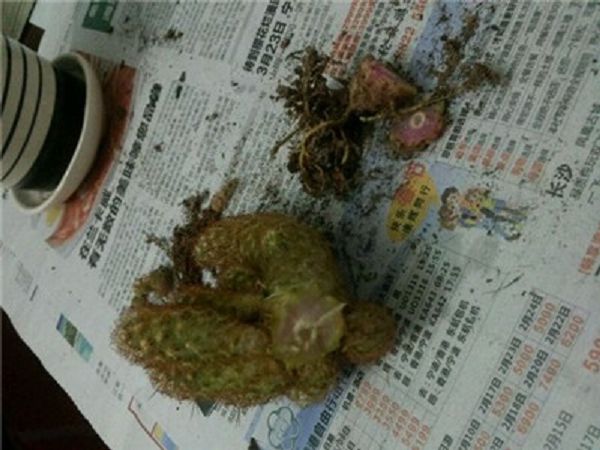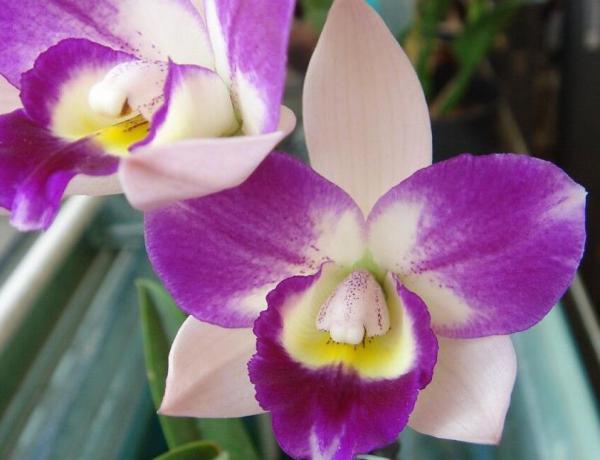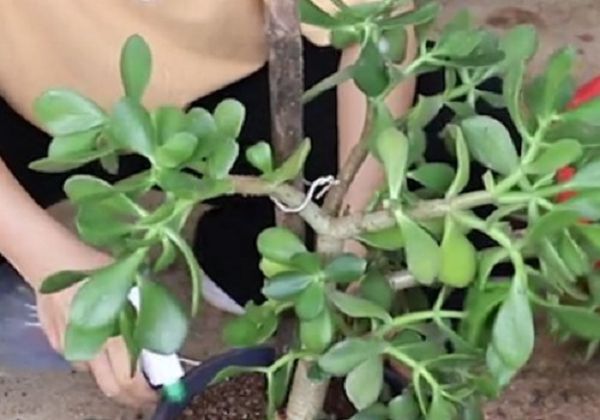What about the rotten roots of Golden finger?

Root rot causes
too much watering
Goldfinger was a succulent plant, and it grew in arid areas. It was resistant to drought and did not need much water. Like other plants, it would be watered every three or five times. It definitely would not work. If encounter continuous cloudy days, basin soil too wet, indoor ventilation is not smooth, root growth is hindered.
bacterial infection
If the golden finger begins to rot from the bottom to the top, it has rotted to the stem, mostly bacterial infection, this reason is multi-faceted: unclear water quality, soil with bacteria, pest infestation. The bottom line is that you don't pay attention to hygiene.
processing method
root pruning
Measure the rotten golden finger off the basin, check the root rot situation, if completely rotten, basically no save. If it is only partially rotted, cut off the rotted part and replant it. Disinfect everything that comes into contact with the goldfinger before planting. After planting, pour some rooting solution to restore the vitality of the roots as soon as possible.
spray fungicides
For fungi infected plants, the plant is removed from the pot, rooted, and sterilized with carbendazim. For larger plants, they can be split apart and planted to increase the survival rate.
Related
- Fuxing push coffee new agricultural production and marketing class: lack of small-scale processing plants
- Jujube rice field leisure farm deep ploughing Yilan for five years to create a space for organic food and play
- Nongyu Farm-A trial of organic papaya for brave women with advanced technology
- Four points for attention in the prevention and control of diseases and insect pests of edible fungi
- How to add nutrient solution to Edible Fungi
- Is there any good way to control edible fungus mites?
- Open Inoculation Technology of Edible Fungi
- Is there any clever way to use fertilizer for edible fungus in winter?
- What agents are used to kill the pathogens of edible fungi in the mushroom shed?
- Rapid drying of Edible Fungi



